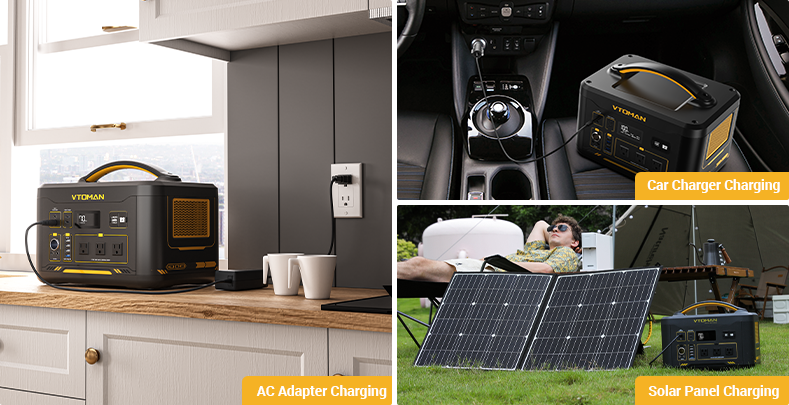Lithium iron phosphate batteries, also known as LiFePO4 batteries, have gained significant attention in recent years due to their unique chemistry and composition. These batteries offer several advantages over traditional lithium-ion batteries, including improved safety, longer lifespan, and better thermal stability. In this article, we will delve into the intricacies of the chemistry and composition of lithium iron phosphate batteries, exploring their inner workings and shedding light on their potential applications.
The Chemistry Behind Lithium Iron Phosphate Batteries
The key component of lithium iron phosphate batteries is the cathode, which is made up of lithium iron phosphate (LiFePO4) particles. LiFePO4 is a compound composed of lithium ions (Li+), iron ions (Fe2+), and phosphate ions (PO43-). This unique combination of elements gives lithium iron phosphate batteries their distinctive properties.
One of the main advantages of LiFePO4 is its high stability and low reactivity, making it less prone to thermal runaway and other safety hazards commonly associated with lithium-ion batteries. Additionally, LiFePO4 has a high energy density, allowing for efficient energy storage and discharge.
The Composition of Lithium Iron Phosphate Batteries
Lithium iron phosphate batteries consist of several key components, each playing a crucial role in their overall performance. These components include the cathode, anode, separator, and electrolyte.
The Cathode
The cathode of a lithium iron phosphate battery is typically made up of LiFePO4 particles, which are coated with a conductive material such as carbon. This coating enhances the conductivity of the cathode, allowing for efficient electron transfer during charge and discharge cycles.
The Anode
The anode of a lithium iron phosphate battery is typically made of carbon, which can intercalate lithium ions during charging and release them during discharging. This process enables the flow of electrons and the overall operation of the battery.
The Separator
The separator is a thin, porous membrane that physically separates the cathode and anode while allowing the flow of lithium ions. It prevents short circuits and ensures the safe operation of the battery.
The Electrolyte
The electrolyte in a lithium iron phosphate battery is typically a lithium salt dissolved in an organic solvent. It facilitates the movement of lithium ions between the cathode and anode, enabling the flow of current and the storage/release of energy.
An In-depth Look into the Chemistry and Composition of Lithium Iron Phosphate Batteries
Now that we have explored the chemistry and composition of lithium iron phosphate batteries, let's take a closer look at their potential applications and advantages.
Lithium iron phosphate batteries are widely used in various industries, including electric vehicles, renewable energy storage systems, and portable electronics. Their high energy density, long cycle life, and excellent thermal stability make them an ideal choice for these applications.
For example, in the electric vehicle industry, lithium iron phosphate batteries offer a safer alternative to traditional lithium-ion batteries. Their low reactivity and high thermal stability reduce the risk of thermal runaway and ensure the safety of both the vehicle and its occupants.
In renewable energy storage systems, lithium iron phosphate batteries provide a reliable and efficient solution for storing excess energy generated from renewable sources such as solar and wind. Their long cycle life and high energy density enable efficient energy storage and discharge, contributing to the overall sustainability of the system.
Furthermore, lithium iron phosphate batteries are commonly used in portable electronics due to their compact size, lightweight, and long-lasting performance. These batteries power a wide range of devices, including smartphones, laptops, and tablets, providing users with a reliable source of energy on the go.
Conclusion
In conclusion, lithium iron phosphate batteries offer a unique chemistry and composition that sets them apart from traditional lithium-ion batteries. Their high stability, long cycle life, and excellent thermal stability make them a preferred choice for various applications, including electric vehicles, renewable energy storage systems, and portable electronics. By understanding the intricacies of their chemistry and composition, we can appreciate the potential of lithium iron phosphate batteries in shaping a more sustainable and efficient future.
